Do You Really Know The Sun?
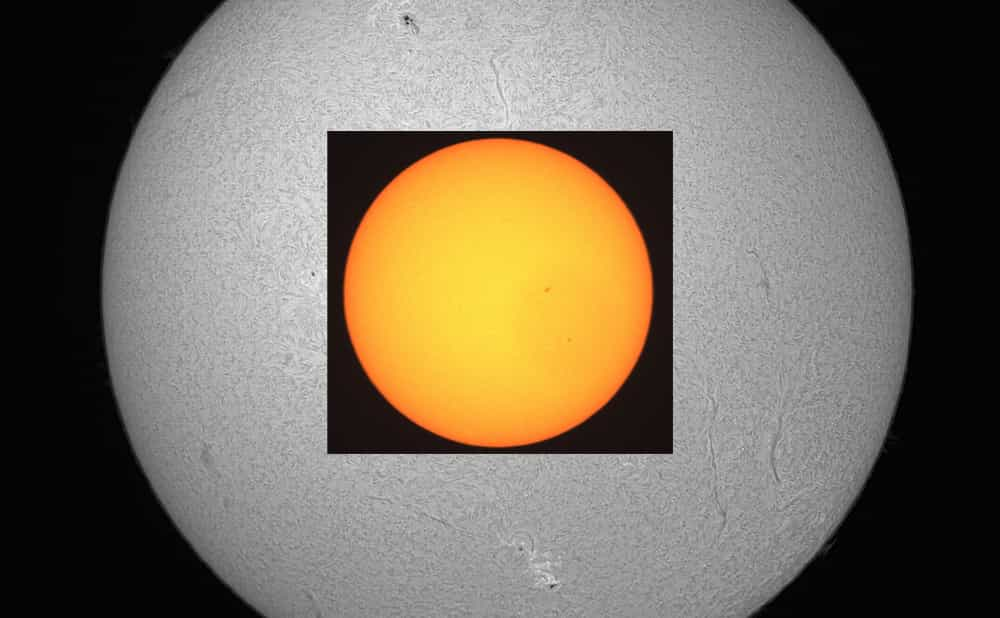
Do You Really Know The Sun?
Star At The Center of The Solar System
The sun is the star located at the center of the solar system. It is almost an ideal sphere where hot plasma and magnetic fields are intertwined. The diameter of the sun is approximately 1,392,000 (1.392 × 10⁶) kilometers, which is equivalent to 109 times the diameter of the Earth; its volume is approximately 1.3 million times that of the Earth; and its mass is approximately 2 × 10³⁰ kilograms (330,000 times that of the Earth). From the perspective of chemical composition, about three-quarters of the mass of the sun is hydrogen, and the rest is almost helium, including oxygen, carbon, neon, iron and other heavy elements with a mass of less than 2%, using nuclear fusion. Release light and heat into space.
Surface temperature: 5,772 K
Distance from Earth: 149,600,000 km
Mass: 1.989E30 kg
Radius: 696,340 km
Magnitude: -26.74
Absolute magnitude: 4.83
Gravity: 274 m/s²
The sun is a yellow dwarf star (spectrum G2V). The lifespan of a yellow dwarf star is approximately 10 billion years. The current sun is about 4.57 billion years old. In about 5 to 6 billion years, the hydrogen inside the sun will be almost completely exhausted, and the sun's core will collapse, causing the temperature to rise. This process will continue until the sun begins to fuse helium into carbon.
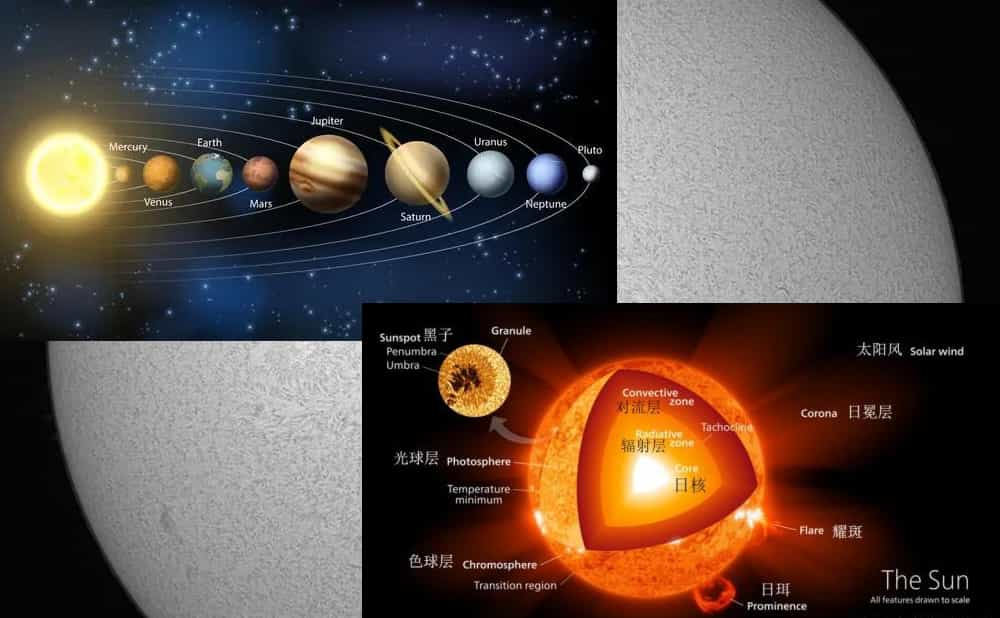
Atmosphere
The part above the solar photosphere is collectively called the solar atmosphere. It can be observed across the entire electromagnetic spectrum, from radio and visible light to gamma rays. It is divided into 5 main parts: photosphere, chromosphere, transition region, corona and heliosphere.
Here We Mainly Learn About Corona.
The corona is the outermost layer of the solar atmosphere and is composed of high-temperature, low-density plasma. The brightness is faint and the temperature reaches a million degrees. Since ancient times, the traditional method of observing the corona has been to wait for a rare total solar eclipse - on the dark sky background, the moon covers the bright spherical surface of solar light, and a bluish-white light area appears around the sun, which is The outermost atmosphere of the sun that people look forward to observing - the corona
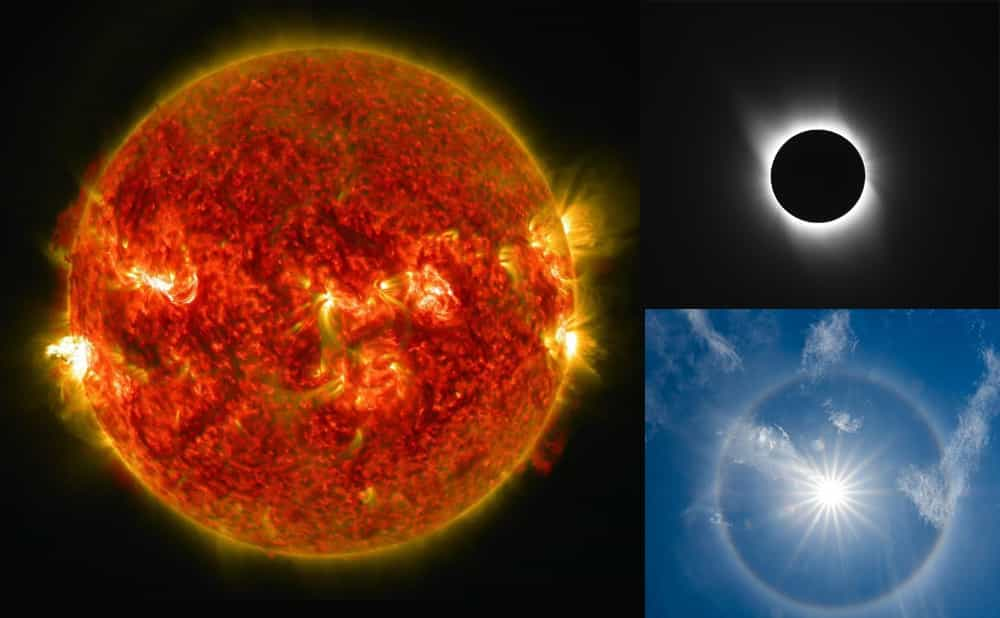
Solar Activity
The sun looks calm, but is actually experiencing intense activity all the time. From the inside to the outside, the sun is divided into the solar nuclear reaction zone, the solar troposphere, and the solar atmosphere. One in 2.2 billion of this energy radiates to the earth, becoming the main source of light and heat on the earth. Active phenomena on the surface of the sun and in the atmosphere, such as sunspots, flares and coronal mass eruptions (prominences), will greatly strengthen the solar wind and cause many geophysical phenomena, such as an increase in auroras, changes in the atmospheric ionosphere and geomagnetism.
Here We Mainly Learn About Sunspots
Many black spots can often be seen on the photosphere, which are called "sunspots". The size, number, location and shape of sunspots on the sun's surface vary every day. Sunspots are local strong magnetic field areas formed by the violent movement of photospheric material. They are also an important symbol of photospheric activity. Astronomers have long noticed that there is a gap of about 11 years from the year with the most or least sunspots to the next year with the most or least. In other words, sunspots have an average activity cycle of 11 years, which is also the activity cycle of the entire sun.
(Below are images of the sun shared by astronomy enthusiasts using svbony products.)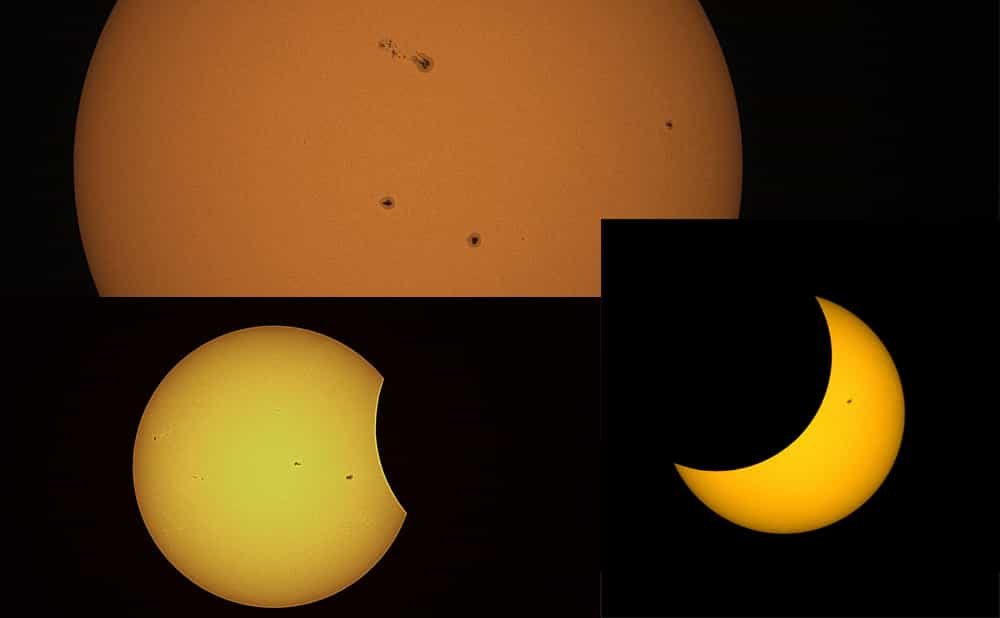
Sunspots can be easily observed through telescopes, such as the Svbony telescope and solar filter, or directly using the Svbony eclipse telescope.
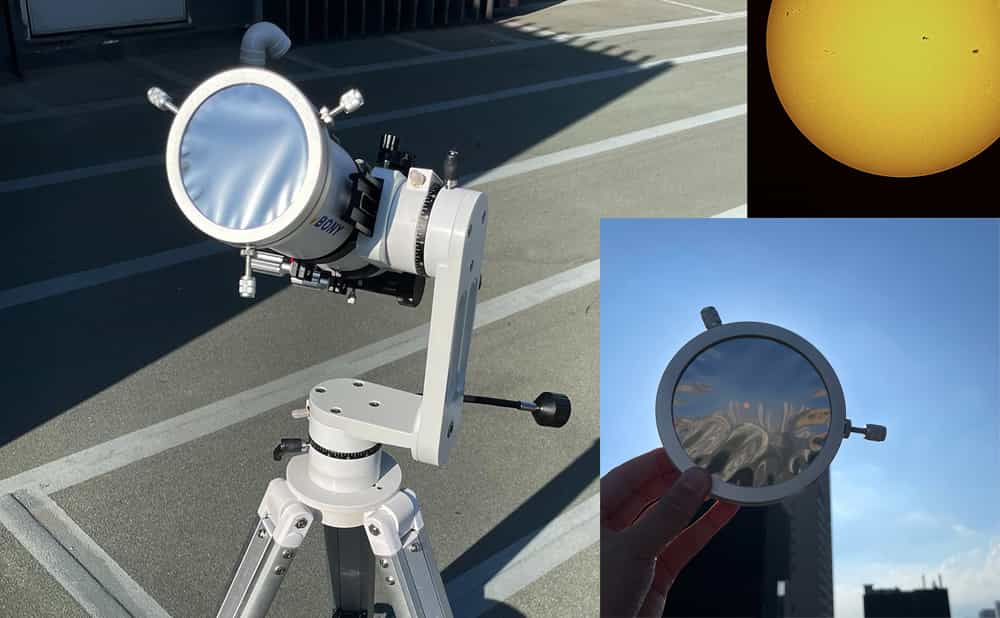
What details of the sun have you captured with svbony products? Come and share them with us.
Welcome to comment.








